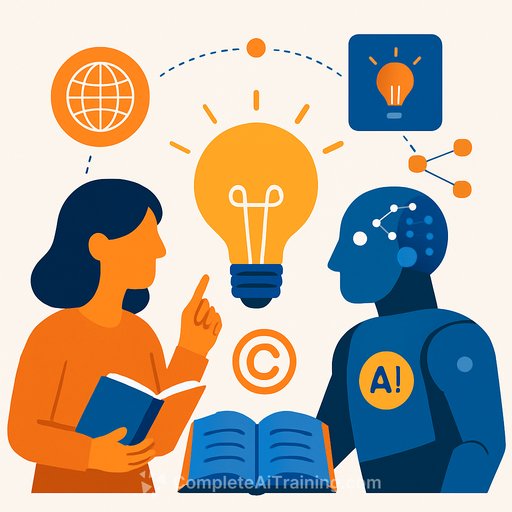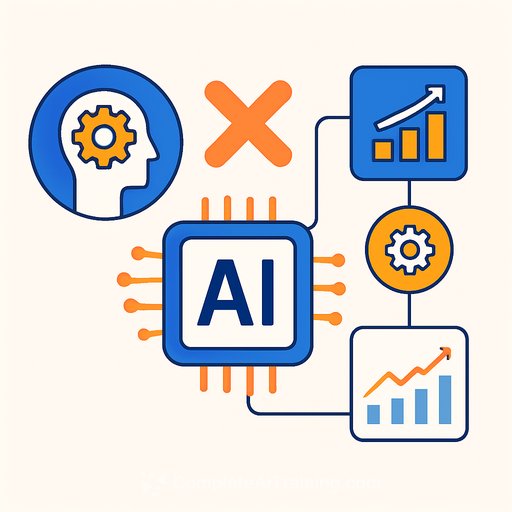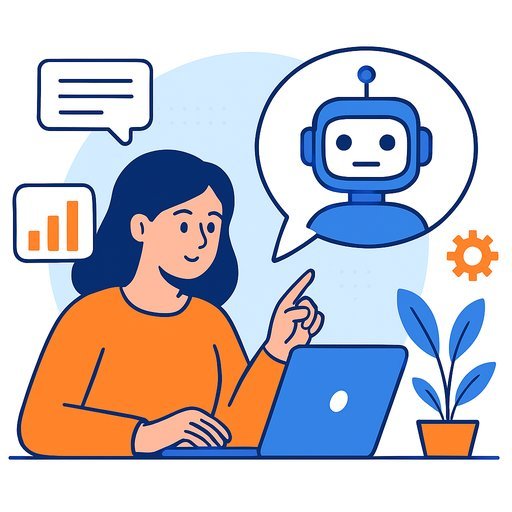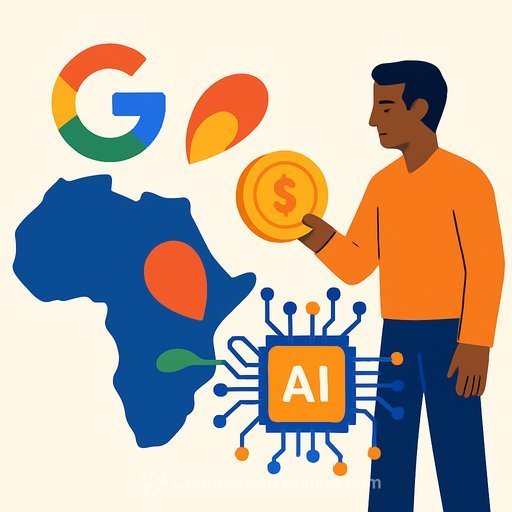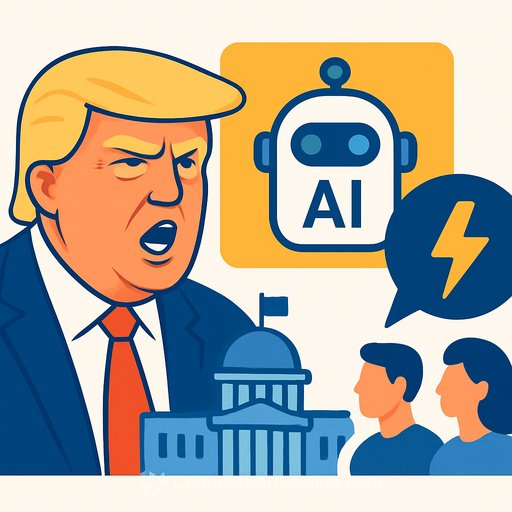The Public Domain and AI: A Path to Innovation
The concept of public ownership dates back to ancient Rome, where res publicae referred to things that couldn't be privately owned but were open for civic use. This idea expanded during the Middle Ages to include elements like air, seas, and highways. The modern copyright framework began with England's Statute of Anne in 1710, which granted authors exclusive rights for a limited time before their works entered the public domain.
Today, the public domain is growing at an unprecedented rate. Millions of works are set to become freely available in the coming decade, providing a vast resource that could drive innovation—especially in fields like artificial intelligence. AI thrives on fast and deep learning, and the public domain could serve as a crucial infrastructure for this learning.
A Historical Perspective on the Public Domain
The French Revolution replaced lifelong royal privileges with author rights that expire, returning works to the public domain. Similarly, the U.S. Constitution empowers Congress to grant limited monopolies to promote science and the arts while ensuring works eventually become public property. Over time, copyright terms have been extended, such as in the 1998 Sonny Bono Act, which increased U.S. copyright terms to life plus 70 years. This sparked legal debates emphasizing the public domain's role as a First Amendment value.
At the same time, initiatives like Creative Commons and the European Open Data directives have allowed creators to proactively place works into the public domain, rather than waiting for copyright to expire.
Shifting the Focus to a Shared Commons
Much of the discussion around open data concentrates on content rather than the infrastructure—the commons—that supports it. To fully benefit from AI and other technologies, governments need to rethink their role in shaping the public domain for the future economy. Here are some practical policy directions worth considering:
- Invest in Accessibility: Governments should fund efforts to make the public domain more accessible. This includes fostering public-private partnerships to develop infrastructure across sectors like education and the arts. Libraries and museums will be central to this effort, especially as the volume of public domain material surges.
- Explore New Mechanisms: Institutions should create ways for copyright holders to voluntarily donate works to the public domain. Addressing the issue of orphaned works—those whose owners can't be identified or located—is also critical to expanding usable content.
- Adjust Copyright Terms: Reevaluating copyright duration could better serve collective learning and creativity. Shortening terms for certain categories of work, or linking public funding with public domain growth, especially in science publishing, can maximize social benefits.
- License Public Service Content Freely: Content produced by public institutions should be licensed to enter the public domain immediately. Public archives hold valuable resources, including diverse languages, that can fuel AI development and cultural growth.
Looking Ahead
Reframing the public domain as a positive asset enables faster learning and economic development through shared ideas. The expansion of public domain resources encourages new creativity rather than stifling it—culture often builds on what came before, generating fresh perspectives.
For those working in IT, development, and related fields, understanding and supporting the growth of the public domain is key. It offers a foundation for building innovative AI systems and creative projects without legal barriers.
To explore how AI can be used effectively, consider checking out comprehensive training resources available at Complete AI Training. These courses cover essential skills for leveraging AI technologies responsibly and creatively.
Your membership also unlocks:

